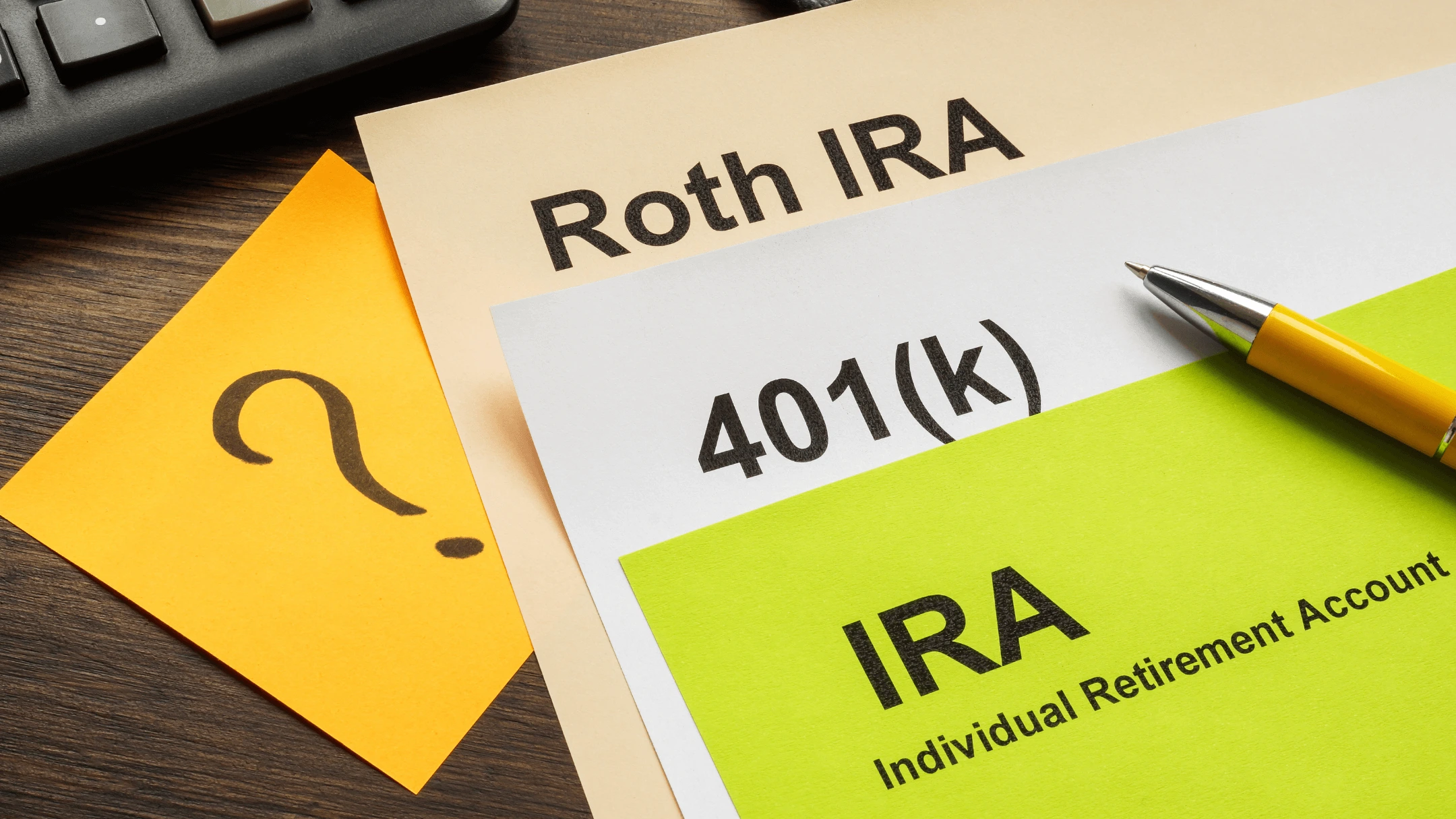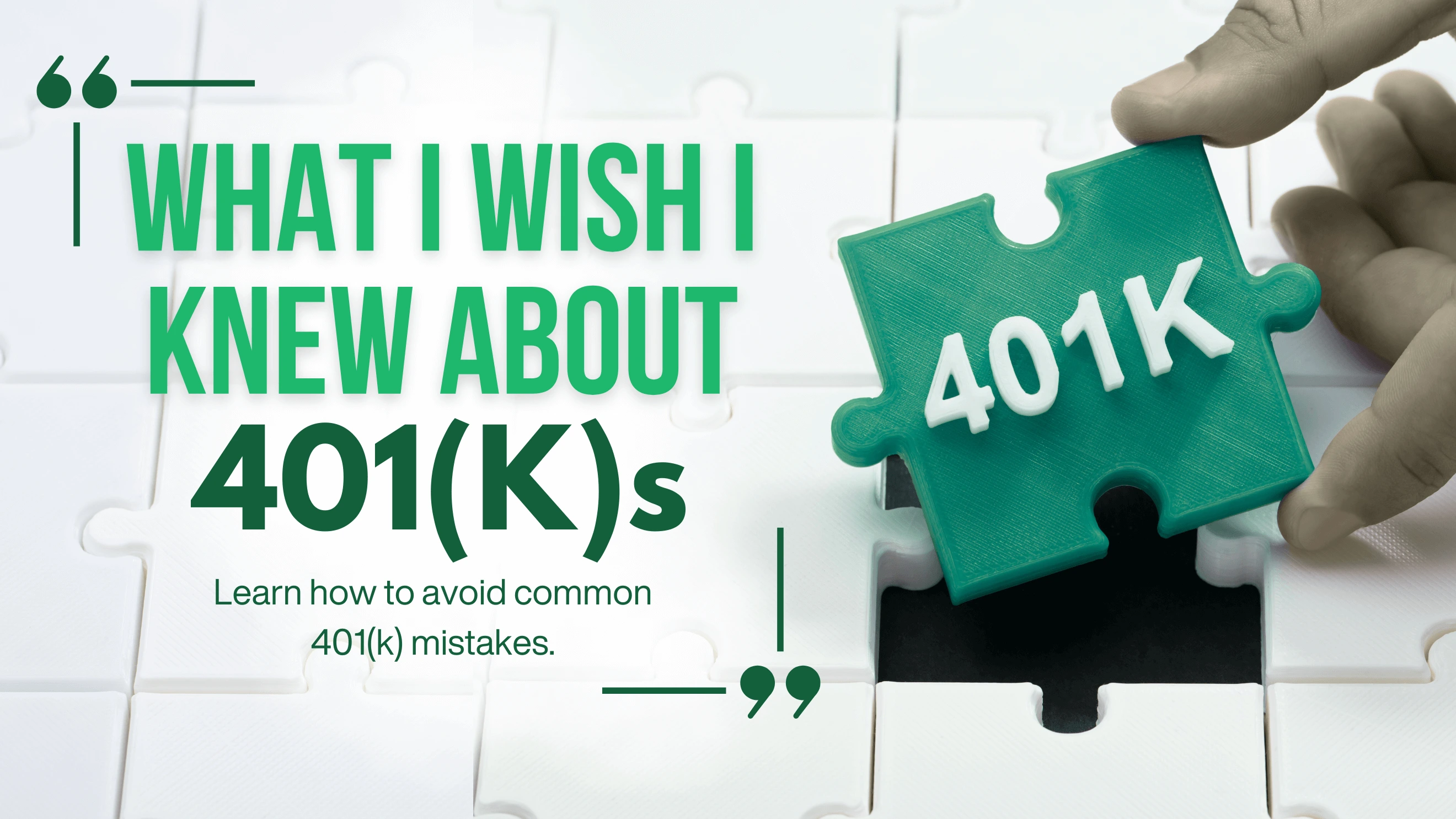My first "real" job out of college was inside sales at a steel company. Salary, benefits—the whole package. What undergrad didn’t prepare me for? Actually navigating adulthood.
In just five months, I lived through an entire career cycle: relocating, choosing benefits I didn’t understand, navigating a male-dominated manufacturing environment, experiencing workplace harassment, and ultimately putting in my two weeks' notice at my very first job. My parents—public school teachers who worked in the same district for over 30 years—were not thrilled.
That experience shaped how I view financial planning, especially retirement. Because the truth is, retirement planning applies to everyone—whether you’re just signing up for your first 401(k) or reevaluating your benefits after years at a company.
And yet, so many of us (my past self included) don’t fully understand what we’re signing up for.

By the Numbers: 401(k)s in the Workplace
📌 94% of employers offer some kind of retirement plan (mostly 401(k)s).
📌 Only 26% of small businesses (< 50 employees) offer a 401(k) —despite small businesses employing nearly half the U.S. workforce.
📌 $8.9 trillion sits in 401(k) plans as of September 2024. That’s double the GDP of Germany.
If your employer doesn’t offer a 401(k), you’re not alone—but that doesn’t mean you’re out of options. More on that later.
How 401(k)s Actually Work
A 401(k) is a retirement savings plan that lets you contribute a portion of each paycheck before taxes (Traditional 401(k)) or after taxes (Roth 401(k)). Your contributions are automatically deducted from your paycheck—but withdrawals typically can’t happen until age 59½ without penalties.
Reality check: A 401(k) is not an emergency fund. It’s not a vacation fund. It’s money you invest and leave alone.
- Traditional 401(k): Contributions are pre-tax, but you’ll pay taxes when you withdraw.
- Roth 401(k): Contributions are after-tax, but withdrawals are tax-free.
Employer Match: Don’t Leave Free Money on the Table
If your company offers a 401(k) match, take it. It's free money. Here’s how it typically works:
1:1 match up to 6% → You contribute 6%, your employer matches 6%.
1:½ match up to 4% → You contribute 8%, your employer contributes 4%.
The mistake I made? Not maxing out my match early enough. If you can’t contribute enough to get the full match now, work toward it over time.
Vesting: The Fine Print No One Reads (But Should)
Now, let’s talk about "Things Beth Wishes She Knew."
That "free money" from your employer? It’s not automatically yours. It’s subject to a vesting schedule.
🟢 Immediate vesting → The match is 100% yours, no matter when you leave.
🟡 Graded vesting → You gain ownership over time (e.g., 50% after 2 years, 100% after 4 years).
🔴 Cliff vesting → You get nothing if you leave before a set number of years.
I left a company TWO MONTHS before hitting my full vesting period. That meant leaving a 5% match on the table. Ouch.

Are You Actually Investing Your 401(k) Contributions?
🚨 Just because money is deducted from your paycheck doesn’t mean it’s actually invested. 🚨
Many plans default to holding your money in cash until you actively choose investments. If you haven’t checked, log into your 401(k) account today.
What To Do Next (Regardless of Where You Are in Your Career)
New to a 401(k)?
• Understand your company match & vesting period.
• Set up contributions—even if it’s small at first.
• Choose your investments (don't assume it's automatic). Explore different sectors and companies using Troutwood's interactive market map to understand where your 401(k) investments might be allocated.
• Set up your beneficiaries.
Been at your company a while?
• Make sure your money is actually being invested (not sitting in cash).
• Check if you're maxing out your employer match.
• Increase your contribution % if you can.
• Review & update your beneficiaries.
No 401(k) available?
• Open an IRA (Traditional or Roth) and start contributing.
• Check out our video on getting started: https://www.youtube.com/watch?v=LZRbTn6IgLc
Final Thought: Maximize the Benefits You’ve Earned
Back to my first job: I had no clue how much I didn’t know. Over time, I made mistakes, but I learned—and that’s the point.
Take the time to understand your benefits—401(k), health insurance, gym discounts, volunteer hours. These aren’t just perks; they’re part of your compensation.
If you’re looking for a tool to track your retirement savings, the Troutwood App helps you plan your financial future, from budgeting today to retirement decades from now.
*DISCLAIMER:* The information presented on or through this article is made available solely for general information purposes. We do not warrant the accuracy, completeness, or usefulness of this information. Any reliance you place on such information is strictly at your own risk. We disclaim all liability and responsibility arising from any reliance placed on such materials by you or any other visitor to the article, or by anyone who may be informed of any of its contents.
